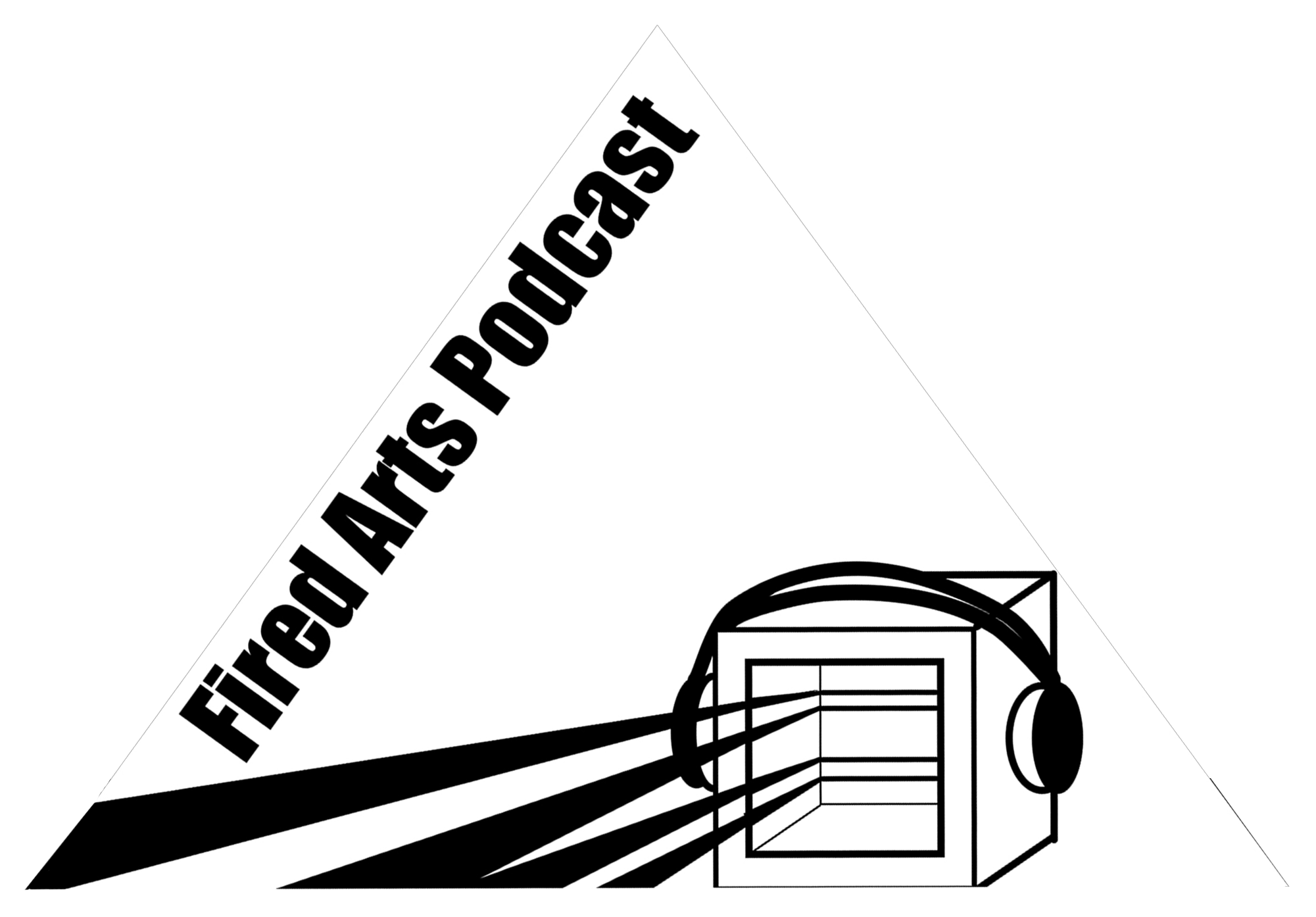Podcast: Play in new window | Download
The Great Love Hate Relationship of Every Fired Artist
On day you want to wrap your arms around her and never let go and one day you want to push her off a bridge. I’m talking about your kiln of course. We love telling those stories of the day we opened the kiln and found that threw the night all the laws of thermodynamic aligned perfectly and graced us with beautiful artwork that drove us back into the dusty recesses of our studios to create more. However, the yang to that yin is the nightmarish sight of melted, drooping and shattered creations. Time, energy and material that seems wasted and the ever-tarnishing silver lining of, “at least I learned something”. How do we structure our firings to create an environment were success is the norm and failed firings are the few and far between?
Measure Twice Cut Once
This is something my dad use to say to me and it usually meant that I was going to cut two or three time, get frustrated, a go get a ruler. I think we can all get so comfortable in our own surrounding that we can miss this advice. Check your setup twice. Make sure your kiln is securely pugged in. It is even a good idea to unplug it every ten firings and look at the prongs for ware. Check that your cone and cone supports. Check any mechanical moving part integral to the firing. Most digital controllers have a program review feature. Then, when you hit start, watch to make sure the kiln comes on correctly. No pilot would ever take to the air without first having a good flight plan and a preflight check list. If your gut is telling you something isn’t right it probably isn’t.
Sharpen the Saw
Remember the Stephen Covey principle? You have got to keep the saw sharp to be productive. Having a simple maintenance schedule for your kiln is easy and will pay huge dividends. The foundation of your kiln may last twenty years, but kilns do have consumable parts: coils, relays, thermocouple, cone supports, switches, and wiring. The three most common are: coils, relays and thermocouple, and you should expect to replace them. Coils can last two years with regular use and I would plan on replacing them in three. Relays can last a few years, but I would expect no more that two and have one or more on hand. I my humble opinion, I think a thermocouple should be replace every year. Keep in mind this advice on in the context of weekly use and doesn’t speak to the varieties of relays and thermocouples. That’s for another, lengthier conversation.
Go Back to the Basics
My high school basketball team regularly drained 90% of our free throws. This was in part to good coaching. When ever we stepped up to the free throw line we were taught to quiet our minds and think 90, 90, 90. Elbow at 90 degrees, arm at 90 degrees, and wrist at 90 degrees. Go back to the basics of practice and what we knew worked. There are a few basics to fired arts that always remain true.
- Water, and other liquids, turns to gas at or around 212. If that gas has no ware to go, it will find a way violently.
- Thermal shock. Exposing a piece to extreme temperatures too fast usually results in dynamic breaks in your wares.
- Crash cooling creates stress that may not expose itself until days after your wares come out of the kiln.
Does that mean you can’t bend the laws of thermodynamics, no, but remember that for every action there is an equal and opposite reaction. Make sure you can predict with a high degree of certainty what that opposite reaction will be.
Just because you found a great firing schedule on line doesn’t mean that you must use it blindly. Filter it through your own experience and things your read and learned.



